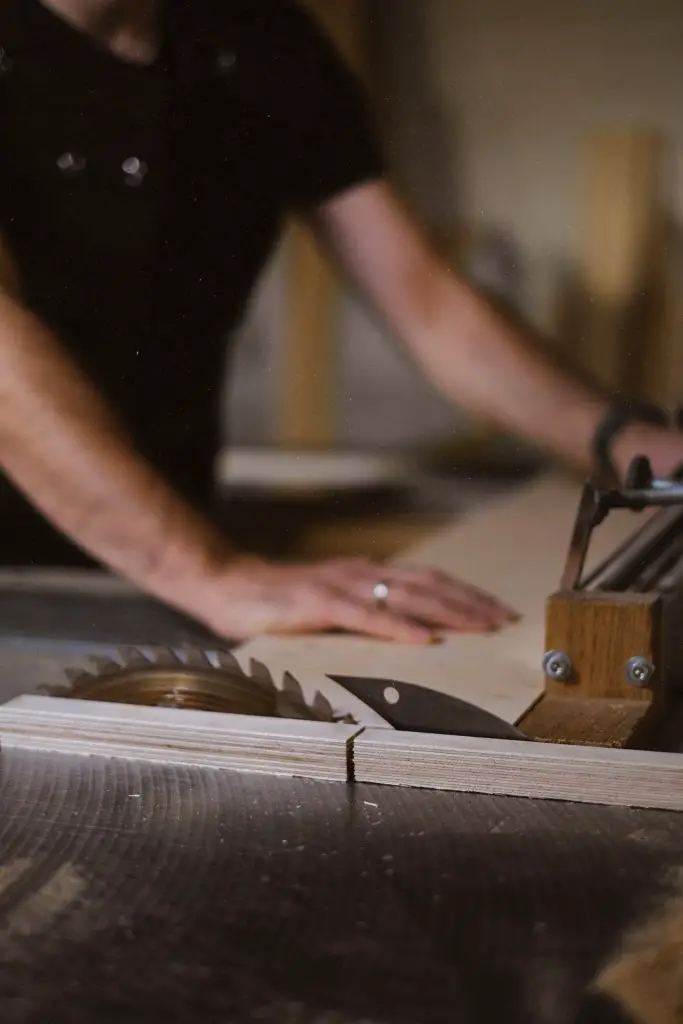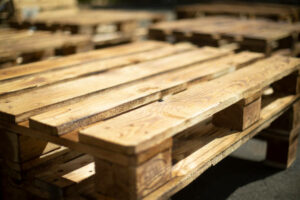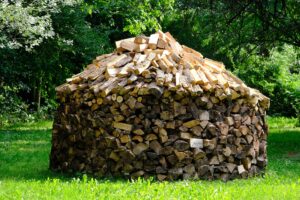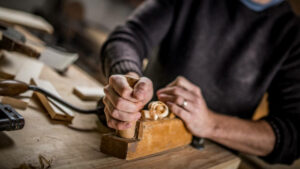Wood is a natural resource that has been used by humans for centuries. It is a versatile material that can be used for many purposes, including construction, furniture, and fuel. Manufacturing wood is an art and a science. There are many factors that go into producing high-quality wood products, from the type of wood to the manufacturing process itself.
In this article, we will explore the various aspects of wood manufacturing and discuss some of the challenges that manufacturers face. We will also take a look at some of the latest trends in wood production and how they are helping to improve the quality of wooden products.
What Is Manufacturing of Wood?
Manufacturing wood is the process of creating a product from raw materials. The most common types of manufactured woods are plywood and veneer boards, which are used to make furniture. Other uses include construction materials like doors and windows, as well as flooring for homes or businesses.
These products can be found in almost any store that sells wood products, although they may be more expensive than other types of wood.
How Is Manufacturing Wood Different From Other Types Of Manufacturing?
Manufacturing wood is different from many other types of manufacturing because it requires specialized equipment and expertise to produce high-quality wooden products. The process starts with cutting down trees in order to make lumber for use as a raw material in the production process. The extraction from trees can be done in two major ways:
- Harvesting – Harvesting involves cutting down trees and removing the branches and leaves.
- Logging involves extracting the wood from standing trees. Once the wood has been extracted, it must be processed into boards or other finished products.
Once the wood has been extracted, it must be cut into pieces that can be used as veneers or plywood boards before being shipped off to a facility where they will undergo further processing such as drying, sanding, and finishing.
Manufacturing Process
The manufacturing process for wood products can vary greatly depending on the type of product that is being manufactured. Some of the most common types include plywood, veneer, and lumber.
- Plywood is made from thin sheets of wood that are glued together in layers; this makes it extremely strong but also very flexible.
- Veneers are made from very thin sheets of wood that are cut from larger pieces of lumber.
- Lumber is made from thicker boards that are usually used for construction or furniture-making.
Major Manufacturing Stages
The manufacturing process for plywood, veneer, and lumber products can be divided into three main stages: cutting, shaping, and finishing.
In the cutting stage, the lumber is cut to the desired size and shape. This can be done manually or with a machine.
In the shaping stage, the lumber is shaped into panels or boards that are ready for finishing. This can be done with a machine or by hand.
In the finishing stage, the wood is sanded and finished according to the customer’s specifications. This can include staining, painting, or varnishing the wood.
The Manufacturing Process In Detail
Now that we have a basic understanding of the manufacturing process for wood products, let’s take a closer look at each stage in more detail.
Cutting
The first step in the manufacturing process is to cut the lumber into the desired size and shape. This can be done manually with a saw or miter box, or it can be done with a machine.
Two types of machines are commonly used for this purpose: the rip saw and the crosscut saw. The rip saw is used to cut boards along the grain, while the crosscut saw is used to cut boards across the grain.
Cutting boards by hand or with a saw is known as “roughing out” because it’s only rough work; you’ll need to refine them later on in the manufacturing process if they’re going to be any good for anything else besides firewood!
Shaping
The next step in the manufacturing process is to shape the lumber into boards or panels that are ready for finishing. This can be done with a machine (like a planer) or by hand (with chisels). There are several different types of machines and tools used for this purpose, but the most common one is called a rip saw.
A rip saw has an angled blade that cuts along the grain of the wood as opposed to across it; this allows for more precise cuts when shaping lumber into boards or panels.
Finishing
The final step in the manufacturing process is to finish your product by sanding it and applying a finish such as paint, varnish, or stain. This can be done by hand or with a machine.
Several different types of machines can be used for this purpose, but the most common one is called a sander. A sander is a device that consists of an abrasive disk that rotates at high speeds. This rotates the sandpaper around the surface of the wood, which allows for a smooth finish.
Several types of finishes can be applied to wood products, and each one has its benefits and drawbacks.
- Staining is a process that involves applying a colored dye to the wood to give it the desired color.
- Painting is the process of applying a coat of paint to the wood to protect it from moisture and dirt.
- Varnishing is the process of coating the wood with a thin layer of varnish to give it a glossy finish.
Which one you choose will depend on your personal preferences and the intended use of the wood product.
How Does It Help The Environment?
Manufacturing wood helps reduce deforestation by making it possible for us to use trees for more than just lumber.
It also helps reduce carbon emissions because most of the energy used in manufacturing wood comes from renewable sources such as water, wind, and solar power instead of fossil fuels like coal or natural gas.
This means that the amount of pollution produced during manufacturing is much lower than other methods such as fossil fuels or even nuclear power plants! In addition to all these benefits, manufacturing wood has a very low environmental impact overall.
The bottom line is that manufacturing wood is a good thing for the environment, and it’s something we should all be doing more of!
Challenges that Manufacturers Face
The biggest challenge that manufacturers face is making sure they have enough raw materials to keep up with demand.
This means buying more trees or other types of wood so that they can be turned into products like furniture and paper towels instead of being burned as fuel (which releases carbon dioxide into the atmosphere).
Another challenge is finding a way to dispose of waste from manufacturing processes such as sawdust and other debris that can’t be recycled easily or cheaply.
The Future
Manufacturing wood is something we should all want to do more of because it helps the environment by reducing deforestation, reducing carbon emissions, and creating jobs for people who might otherwise not be able to find work in this field.
There are still some challenges that need to be addressed, such as finding a way to dispose of waste products and ensuring there is enough raw material to meet demand.
But with the right policies in place and a little bit of creativity, we can overcome these challenges and continue manufacturing wood products that are good for the environment!






